A customer recently asked me to service and align his latest acquisition – a stunning Kenwood KT-3300D FM analogue stereo tuner.
Due to other repair commitments, it took me longer than I would have liked to get to this gorgeous KT-3300D. The wait was worth it though. As you’ll see, aligning a tuner like this is time-consuming but critically important.
Super Tuner
The Kenwood KT-3300D is an FM stereo tuner from the end of the golden age of engineering in Japan. The KT-3300D is what many refer to as a ‘super-tuner’. This is because of its very high specs – distortion is vanishingly low and sensitivity and separation are very high. The tuner is capable of distortion down below 0.01% in mono, and only a little more than that on stereo signals – astonishing figures.
This particular KT-3300D, like most older tuners, was not performing optimally. Distortion was very high on test signals, up around 1%, which is unacceptable. The only way to restore the performance was to perform a complete RF alignment. Luckily, my customer is a smart guy and likes to own the service manuals for his equipment. True to form, Terry had tracked down an original hard-copy service manual and this made the alignment process easier.
Alignment
Aligning a tuner is often a challenging job and a tuner this complex, with this much sensitive circuitry was one of the biggest alignments I’ve ever done. The KT-3300D has a five-gang front end and some tricky distortion-cancelling circuits to align, plus several pilot-cancelling stages, adding up to around 25 adjustments in total – each one different from the one before. This is alignment madness and it took me two complete runs through the process to get distortion down to a level I was happy with, and to get the sensitivity up to a satisfactory level.
Of course, you don’t just need the service manual and some time to align a beast of a tuner like this – you need a selection of premium test and measurement equipment and the right tools to be able to successfully work on a tuner like this one. Just to align the front lend for example, you need a set of proper radio alignment hand tools or you will certainly break fragile ferrite cores. Then you need a low-distortion signal generator, distortion analyzer, cables, impedance adapters and more.
Results
In the end, though, the hard work and dedicated test equipment paid off. I was able to reduce distortion down to a tiny 0.0178% in mono, a truly excellent result. I was not able to get the stereo distortion down as low as the specs said was possible, but specifications were often a little ‘optimistic’ during the 80s.
This was still an improvement of epic proportions, given the high 1% original distortion! You can read more about how one KT-3300D performed in one of the legendary ‘shootouts‘ performed by the Tuner Information Center.









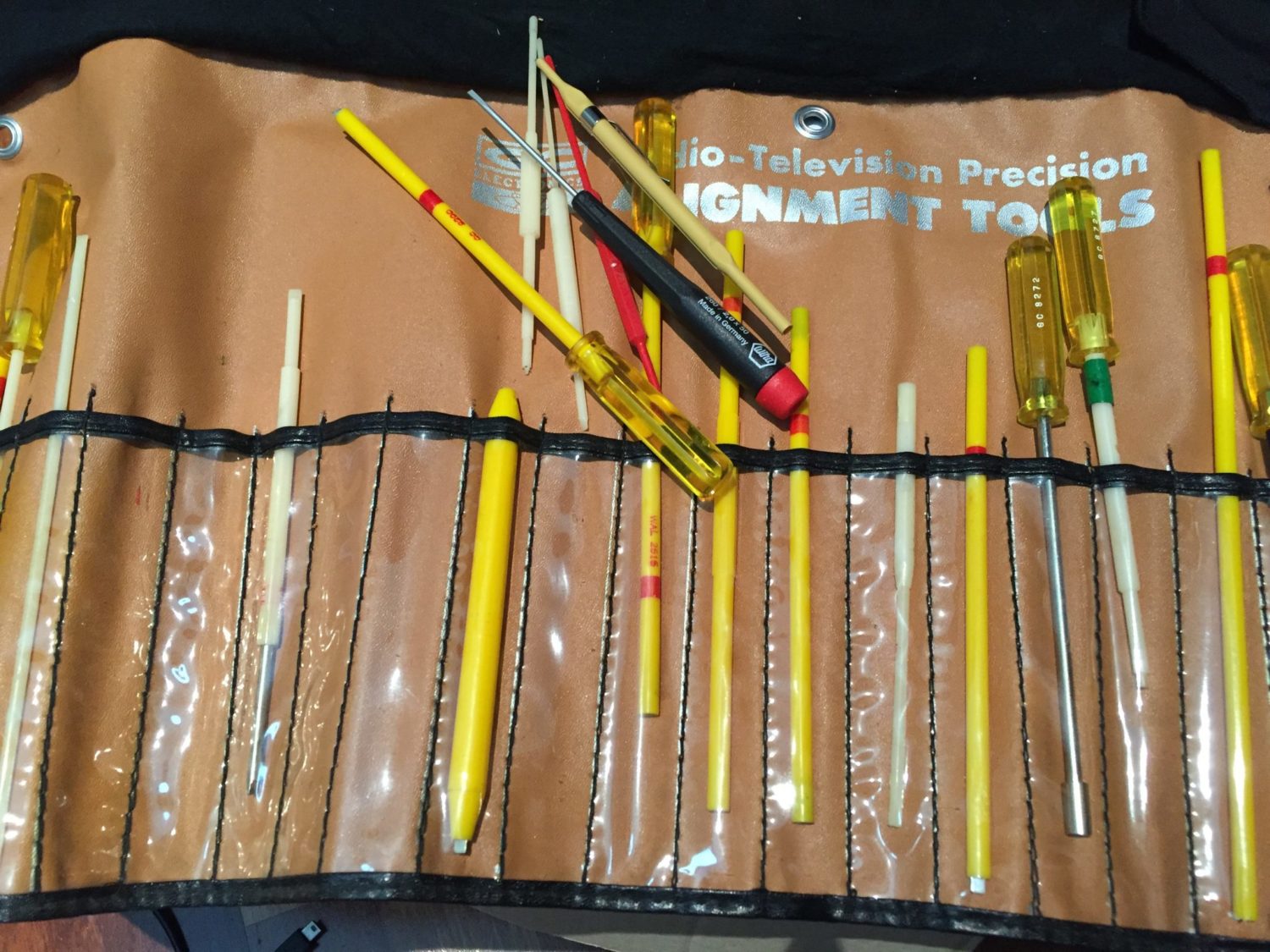




Discover more from LiQUiD AUDiO
Subscribe to get the latest posts sent to your email.

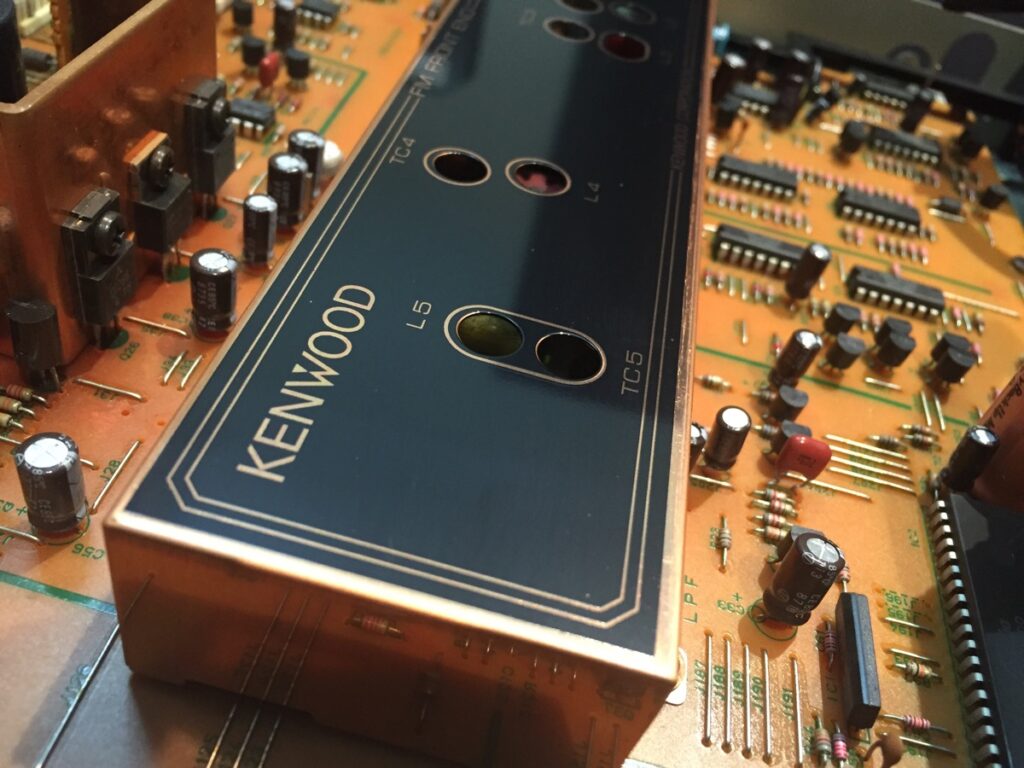
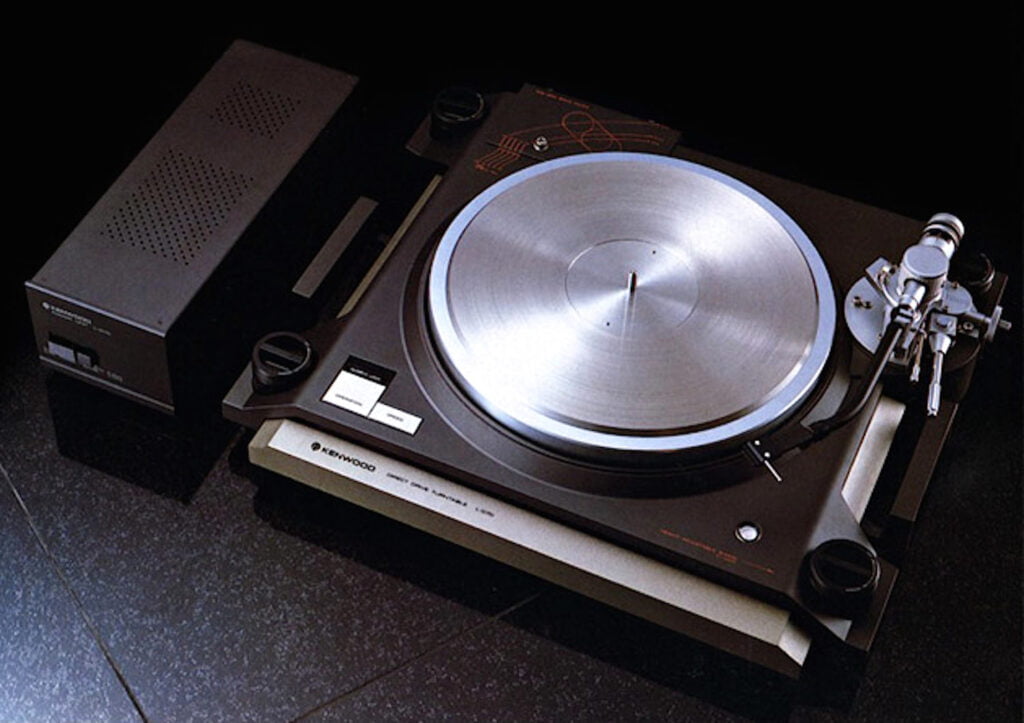
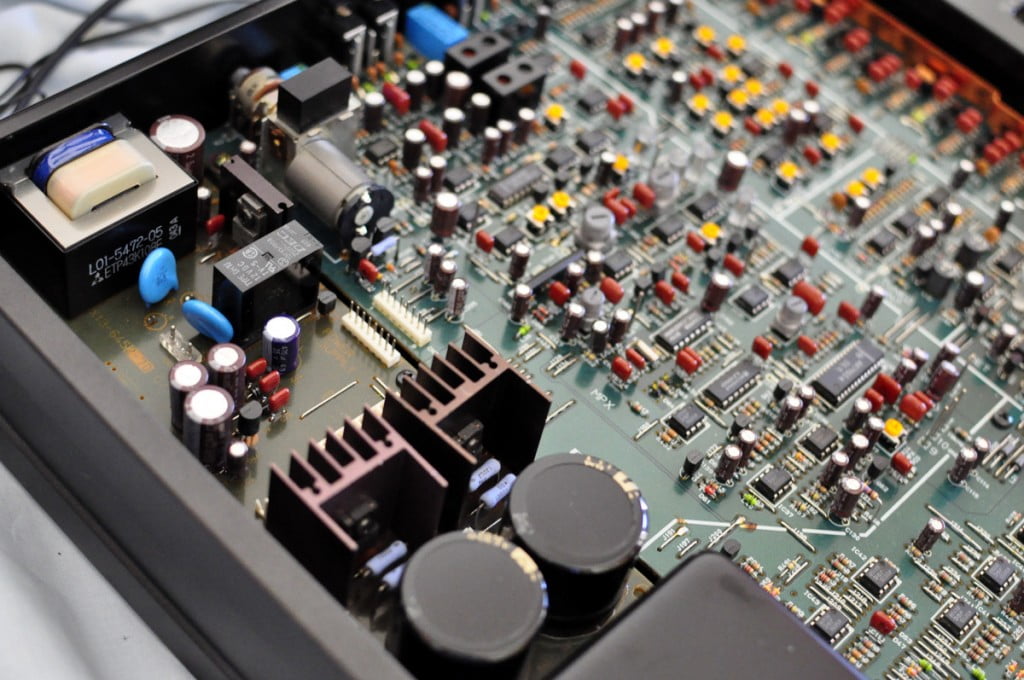
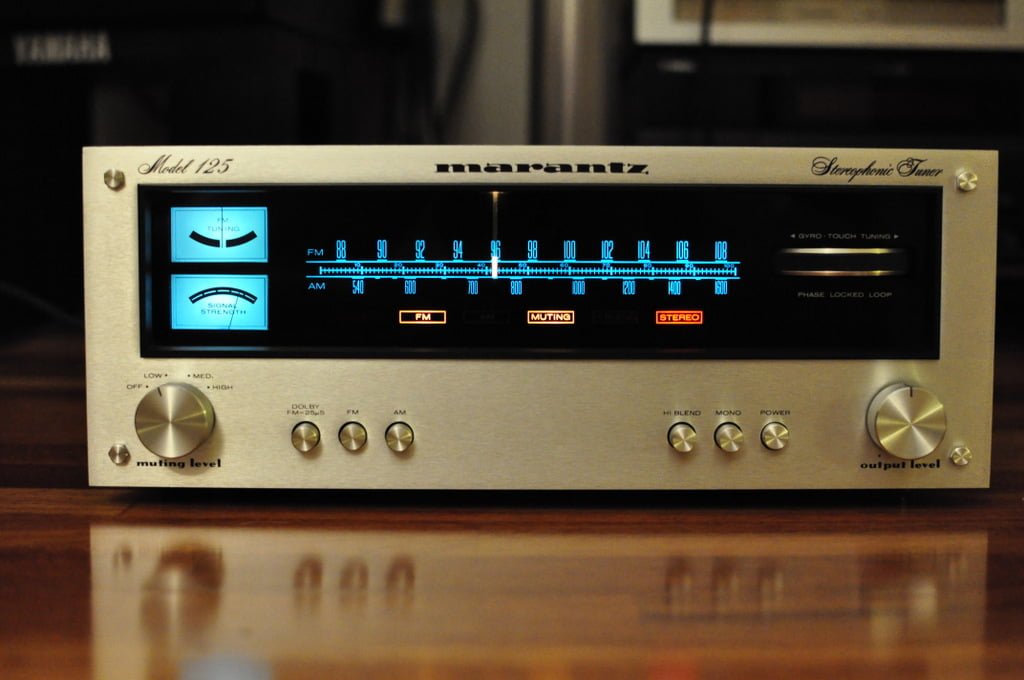
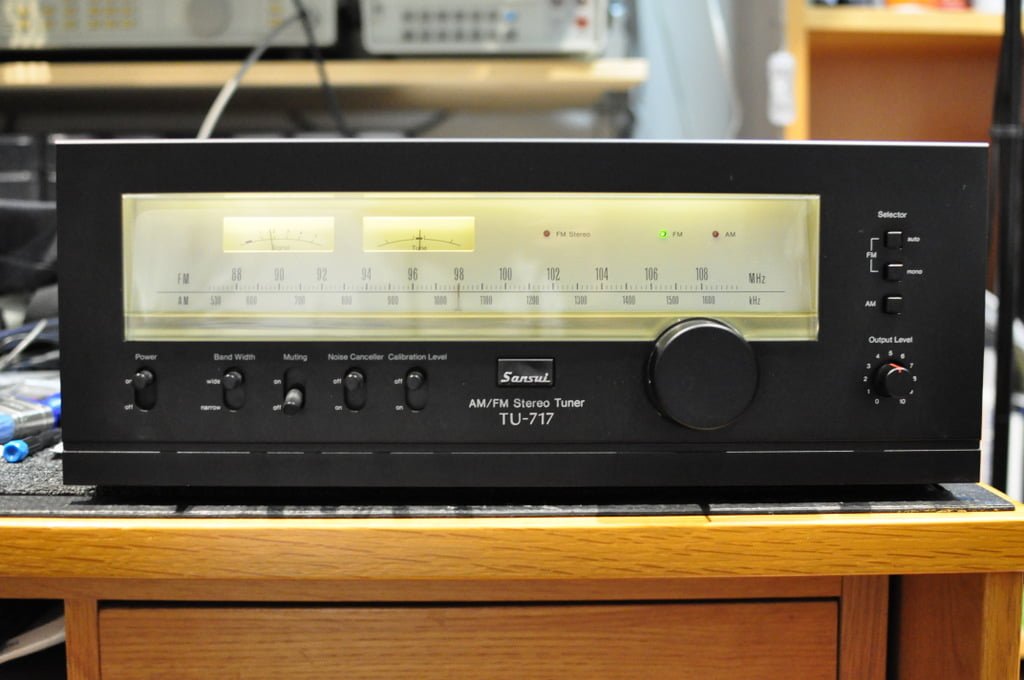
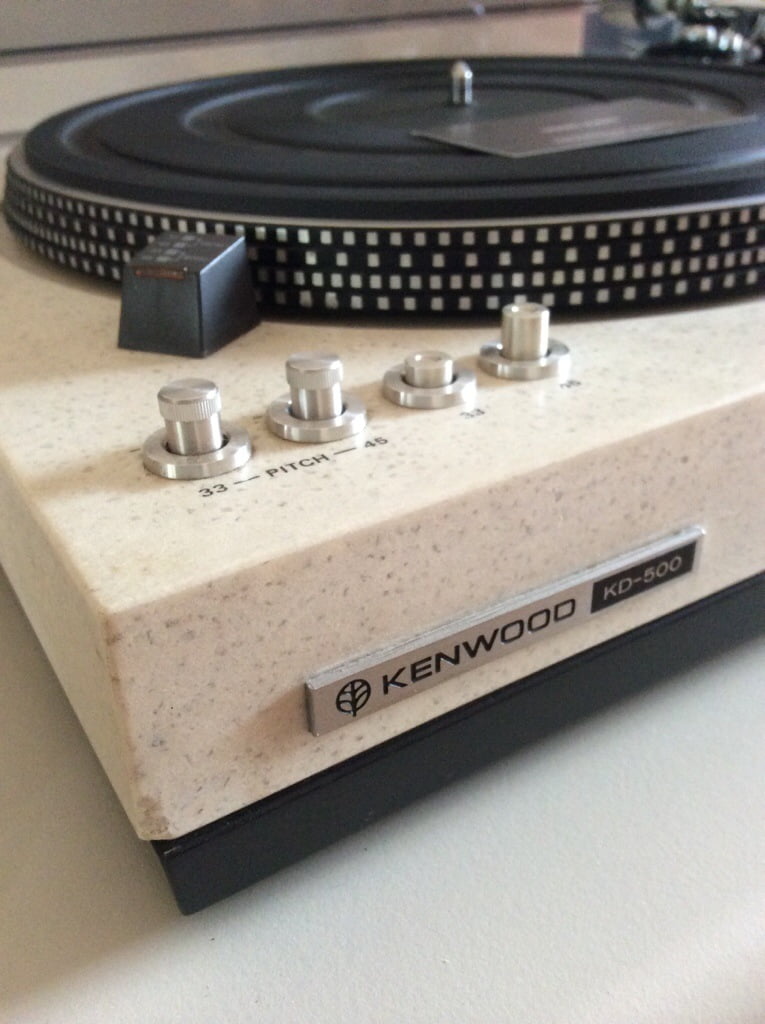
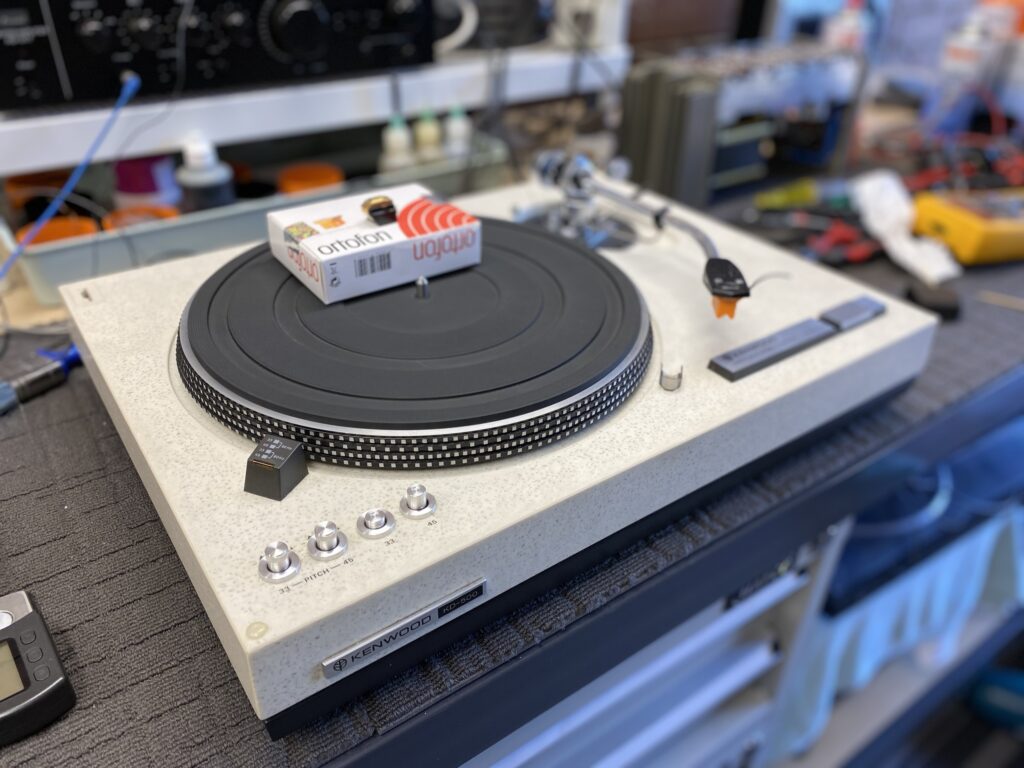
Good job again. I love this tuner too, just like my DP 3300D cd player. At the back of the tuner, it has multipath rca. Can you explain? Do you have a owners manual. Continue the good job, from Holland! Chet
Hi Chet, glad you enjoyed this. The multipath output is for connecting to an oscilloscope or multipath meter, to help minimise multipath distortion. Many better tuners have either this output, or a seperate multipath meter on the front panel. Multipath distortion is where signals arrive from different reflected points, at slightly different times, causing distortion. The idea is to rotate the antenna or change the antenna you use to minimise multipath distortion and therefore maximise performance.